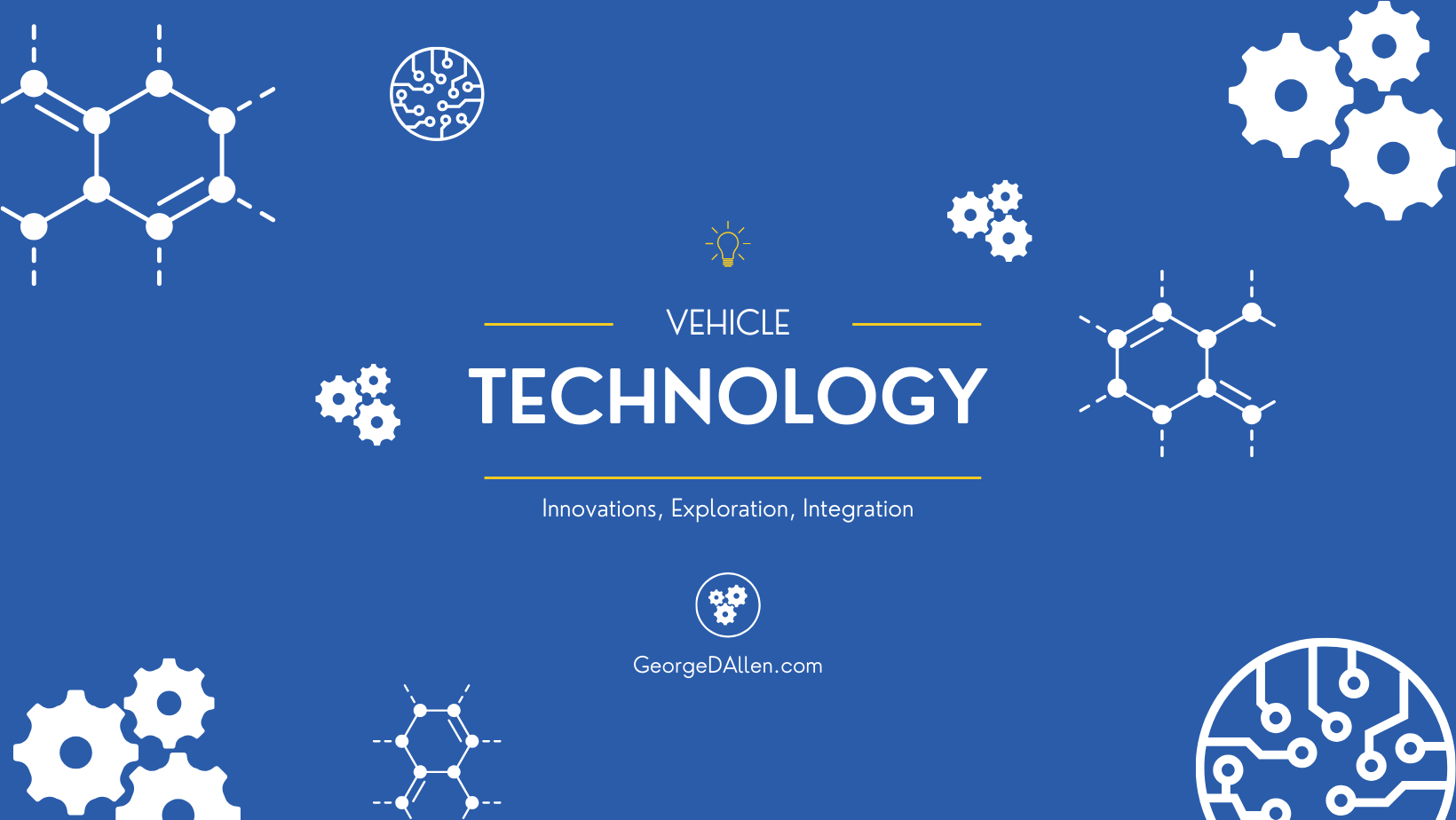New Toyota Recall: When Vision Systems Fail Verification

New Toyota Recall: When Vision Systems Fail Verification
Excerpt from Applied Philosophy III – Usecases (Systemic Failures Series)
Inside Toyota’s 1.02 Million-Vehicle Recall and the Industry’s Verification Blind Spot
Toyota Recall affects more than 1.02 million vehicles across the United States. The issue involves a software defect in the parking-assist control unit that causes the rear-view camera display to freeze or go blank.
The defect appears in several Toyota and Lexus models built between 2022 and 2026. It also impacts the Subaru Solterra, which uses Toyota’s Panoramic View Monitor through a shared electronics platform.
According to the National Highway Traffic Safety Administration (NHTSA), the intermittent failure violates FMVSS No. 111 on rear-visibility requirements. It also raises the risk of low-speed collisions and pedestrian strikes. Dealers will update the parking-assist ECU software free of charge.
However, the scale of this recall extends far beyond one software fault. It shows how digital verification now carries the same—or even greater—complexity once found in mechanical reliability.
In today’s software-defined vehicles, perception systems rely on synchronized data pipelines connecting cameras, processors, and displays. A single timing or memory-management fault can disrupt that chain.
Thus, what looks like a simple camera glitch reveals a deeper systemic verification gap. Software validation coverage, supplier accountability, and firmware-state control often fail to keep pace with rapid functional integration.
Consequently, Toyota’s recall stands as a milestone in the industry’s struggle to verify vision systems that see—but are not always proven to be verified.
Root Technical Failure - Toyota Recall
At the heart of the Toyota Recall is a software logic fault inside the parking-assist electronic control unit, or ECU. This module processes camera input and sends images to the vehicle’s central display.
Under certain timing or memory conditions, the ECU’s refresh loop can desynchronize. The rear-view image may freeze, delay, or disappear, even while the camera hardware continues to operate.
The problem begins not in the sensor but within the software pipeline that manages visual data flow. Each frame moves through a precise chain—camera, serializer, domain controller, and display—coordinated to the millisecond.
However, when the ECU logic faces a thread collision or memory-pointer conflict, the process halts. The system becomes blind, though valid optical data still exist.
During validation, Toyota confirmed proper function under normal Usecases. Yet, asynchronous and stress-timing tests were limited or incomplete.
Later firmware updates changed how image buffers were handled. As a result, the system’s timing behavior shifted beyond its verified envelope.
This created a latent software failure, invisible to static tests but repeatable in daily driving.
Therefore, modern automotive electronics face a new challenge. Verification must cover temporal integrity, concurrency control, and deterministic timing, not just hardware durability. Even a small logic drift can compromise an entire safety-critical perception chain.
Systemic Pattern - Toyota Recall
Toyota’s recall exemplifies a broader phenomenon across software-defined vehicles—a condition we define as Algorithmic Drift. This occurs when software verified under one configuration diverges from its validated state once deployed, as updates, calibration changes, or platform variations alter execution timing or data handling. Unlike a hardware fault, Algorithmic Drift is silent: the code still runs, but no longer behaves as proven.
This drift mirrors the integration drift previously observed in Tesla’s automated systems, where hardware integration and over-the-air software evolution outpaced formal verification loops. Both expose the same structural weakness—verification boundaries that end at release rather than persist through system life.
In Toyota’s case, firmware revisions to the parking-assist ECU introduced new buffer-handling logic without triggering re-validation of timing-critical Usecases. The verification model remained static while the operational context changed dynamically, creating a misalignment between certified behavior and field performance.
Comparable failures have appeared across the industry: Ford’s 3.3 million-vehicle rear-camera recall and Stellantis’ 1.2 million-unit video-display defect followed nearly identical patterns. Each demonstrates how static test matrices cannot anticipate dynamic, asynchronous conditions inherent to real-time perception systems.
As vehicles become continuously updated digital platforms, the absence of Usecase-bounded re-validation transforms every software update into a potential safety regression. Preventing Algorithmic Drift therefore demands a verification architecture capable of detecting, containing, and re-proving functionality whenever code, calibration, or context evolves—closing the loop between certification and continuous operation.
Verification and Validation Breakdown
Toyota’s validation process almost certainly confirmed proper operation of the parking-assist ECU across its defined test matrix—covering normal startup, steady-state operation, and power-cycle behavior. Yet those nominal conditions failed to expose the defect because timing edge cases, dynamic stress testing, and asynchronous-event handling were underrepresented in the validation plan. In software-defined architectures, these omissions are critical: defects often manifest not through functional errors, but through temporal collisions where multiple subsystems compete for shared processing or memory resources.
Traditional validation frameworks, evolved from hardware reliability testing, still emphasize static repeatability and end-of-line verification. Such methods cannot capture non-deterministic timing faults or cross-thread race conditions that emerge only under real-world concurrency. The ECU’s camera-refresh logic likely passed all static tests, yet under specific data-burst conditions—say, a rapid transition from reverse to park—it exceeded its verified timing window, freezing the image feed.
This reveals a fundamental gap between functional validation (does it work once?) and dynamic verification (does it remain stable under every valid Usecase?). In the philosophy of Finite Verification, each Usecase must define not only its expected signal outputs but also the conditions requiring re-validation—triggers such as firmware updates, memory-allocation changes, or altered network latency.
Without these bounded verification loops, systems appear validated while quietly diverging from their certified behavior. Toyota’s recall thus illustrates how validation completeness must evolve from confirming output correctness to confirming functional persistence across time, state, and change—the cornerstone of future verification ethics in software-defined vehicles.
Organizational and Supply-Chain Dimension - Toyota Recall
The Toyota–Subaru platform collaboration that produced the Panoramic View Monitor architecture underscores the growing complexity of cross-brand software integration. In this ecosystem, design ownership and validation accountability are divided across multiple organizations, each responsible for different layers of the system stack. Toyota defined the feature logic, Subaru adopted the same ECU framework for its Solterra, and a Tier I supplier provided the hardware and baseline firmware. The result is a shared technological foundation—but a fragmented verification chain.
When software evolves through joint programs, boundaries between hardware responsibility, firmware authorship, and OEM-level validation blur easily. The Tier I supplier may confirm that its ECU meets interface specifications, yet cannot fully verify the feature’s behavior within each brand’s distinct electrical and timing environment. Meanwhile, the OEMs rely on supplier validation data that may not reflect the precise integration scenario used in production vehicles. This responsibility overlap allows unverified interactions to propagate across models and even across brands.
The Toyota Recall illustrates how integration drift can spread laterally through shared software platforms. A minor firmware change intended for one brand’s calibration can introduce unintended behavior in another’s deployment if joint verification is not systematically enforced.
To prevent such propagation, Usecase-library alignment and joint validation sign-off are essential. Each OEM–supplier pair must share not only the functional requirements but the verification triggers and data sets governing firmware updates, calibration boundaries, and ECU timing behavior. Only then can cross-brand cooperation coexist with finite, traceable verification integrity—ensuring that collaboration strengthens, rather than dilutes, system reliability.
Ethical and Philosophical Dimension
In the digital vehicle era, verification is no longer a procedural checkpoint—it is an ethical act. The Toyota Recall demonstrates how a single oversight in software verification can cascade into a breach of epistemic integrity, the principle that a system’s perception of the world must remain both accurate and provable. A vision system does more than display images; it translates physical reality into digital certainty. When that translation fails silently, as it did within Toyota’s parking-assist ECU, the vehicle continues to “believe” it sees while the driver sees nothing.
This paradox exposes the moral core of modern engineering: the obligation to verify what perceives. As AI and vision algorithms increasingly mediate human decision-making—braking, steering, and reversing—the integrity of those perception channels defines not only system safety but human trust. Incomplete or decaying verification erodes that trust, reducing safety assurance to statistical confidence rather than deterministic proof.
Within the framework of Applied Philosophy III – Usecases, this failure is more than technical. It represents the loss of a boundary—the transition from engineered control to probabilistic behavior. The Finite Verification Hypothesis holds that every intended vehicle-level function must be finitely verifiable: it must operate within a defined, measurable, and reproducible domain that can be re-proven at any time.
Toyota’s event reaffirms this principle. Ethical engineering requires not only functional performance but continuous re-validation of the logic that interprets the physical world. In this sense, vision systems become instruments of moral accountability, and the verification loop is the mechanism by which that accountability is maintained.
Lessons and Preventive Model - Toyota Recall
The Toyota Recall reinforces a truth that now defines every software-defined safety system: validation can no longer be treated as a terminal milestone. Instead, it must exist as a continuous, bounded verification loop, active throughout the system’s life cycle. Each firmware update, calibration change, or ECU reconfiguration constitutes a new state of behavior—one that must be explicitly re-verified against its Usecase library to confirm that the intended function remains intact.
In the Working Model for Complexity, these loops form the backbone of predictable system evolution. By defining algorithmic boundaries and measurable triggers for re-validation, engineers can detect integration drift and algorithmic drift long before such deviations manifest in the field. The model transforms verification from a procedural obligation into an active control system for knowledge integrity—a mechanism ensuring that what is “known to be safe” remains provably safe through every iteration.
Failure Mode | Systemic Layer | Preventive Measure |
Camera display freeze | Software timing / memory handling | Introduce bounded dynamic stress–Usecase testing |
Firmware mismatch post-update | Configuration management | Require firmware-state checksum verification |
Shared platform drift | Supplier integration | Implement joint validation sign-off with Usecase-library alignment |
The preventive model derived from this event extends beyond Toyota. It applies to all OEMs navigating the shift from hardware verification to dynamic software validation. As vehicles become self-updating digital systems, the concept of “tested once, verified forever” becomes obsolete.
Verification must evolve into continuous Usecase-driven confirmation—a living framework in which every change, however minor, reopens the question of proof. In that evolution lies the ethical and technical safeguard for the next generation of intelligent vehicles: systems that not only perform but continually demonstrate their right to be trusted.
Copyright Notice
© 2025 George D. Allen.
Excerpted and adapted from Applied Philosophy III – Usecases (Systemic Failures Series).
All rights reserved. No portion of this publication may be reproduced, distributed, or transmitted in any form or by any means without prior written permission from the author.
For editorial use or citation requests, please contact the author directly.
References:
About George D. Allen Consulting:
George D. Allen Consulting is a pioneering force in driving engineering excellence and innovation within the automotive industry. Led by George D. Allen, a seasoned engineering specialist with an illustrious background in occupant safety and systems development, the company is committed to revolutionizing engineering practices for businesses on the cusp of automotive technology. With a proven track record, tailored solutions, and an unwavering commitment to staying ahead of industry trends, George D. Allen Consulting partners with organizations to create a safer, smarter, and more innovative future. For more information, visit www.GeorgeDAllen.com.
Contact:
Website: www.GeorgeDAllen.com
Email: inquiry@GeorgeDAllen.com
Phone: 248-509-4188
Unlock your engineering potential today. Connect with us for a consultation.

